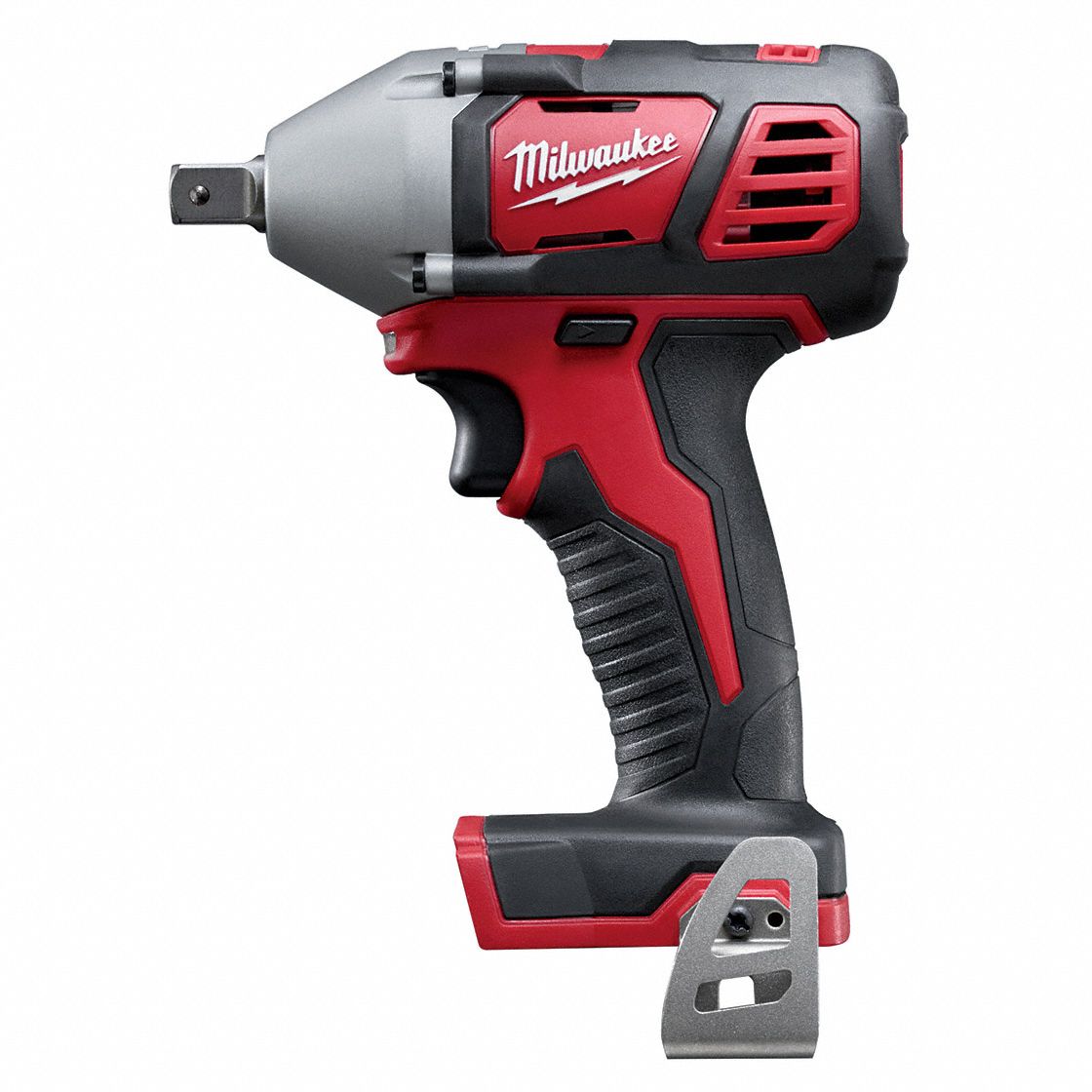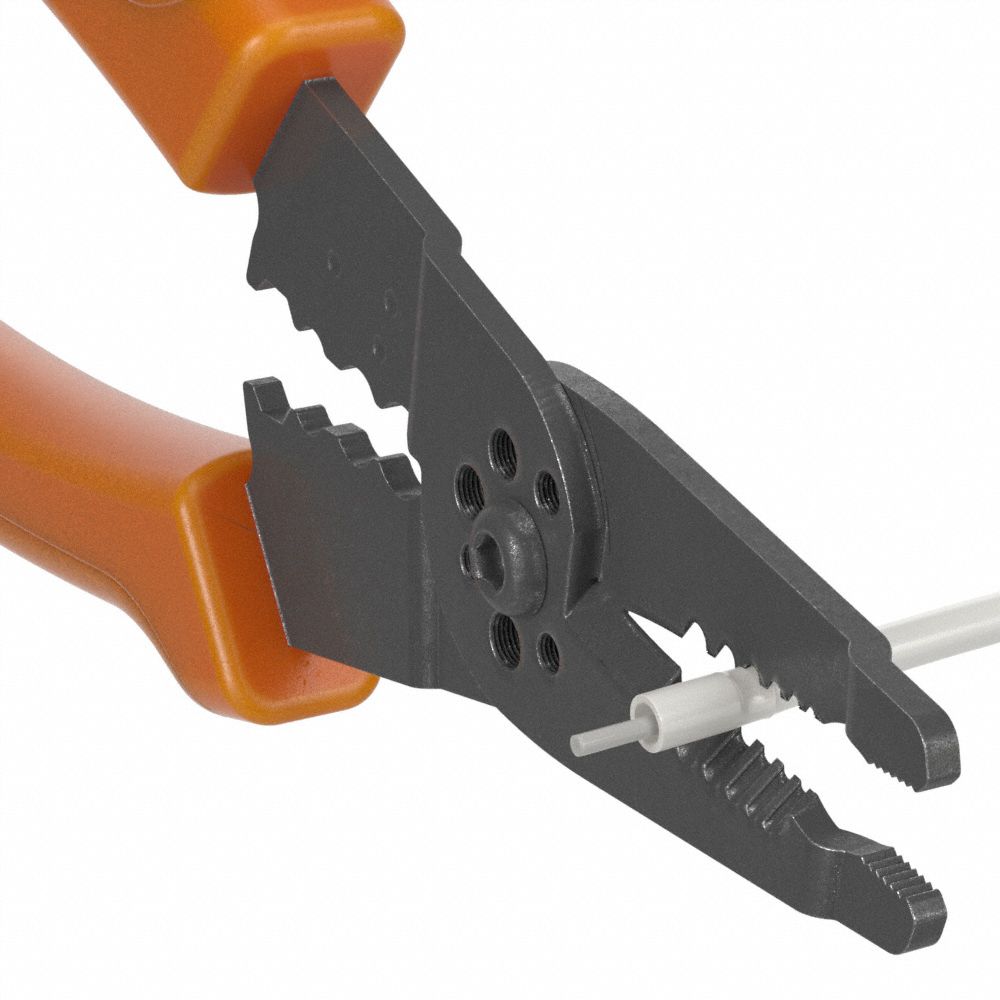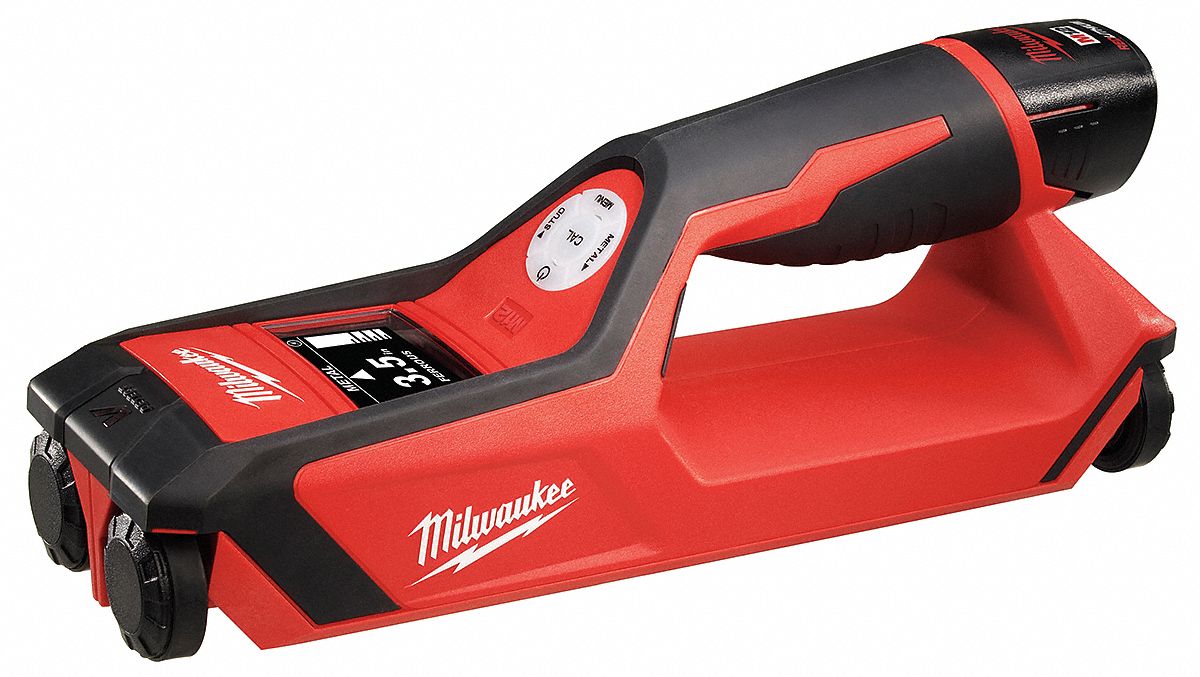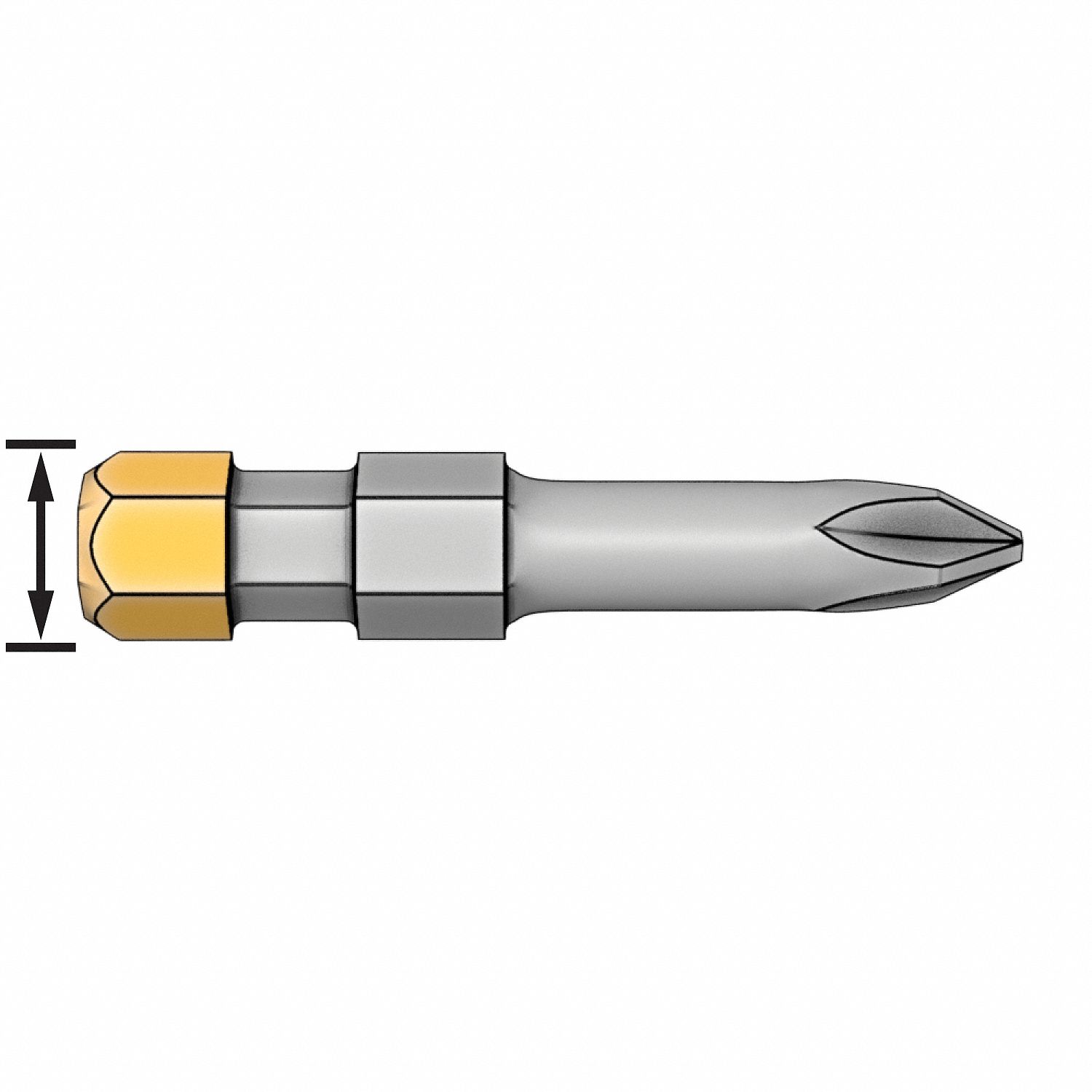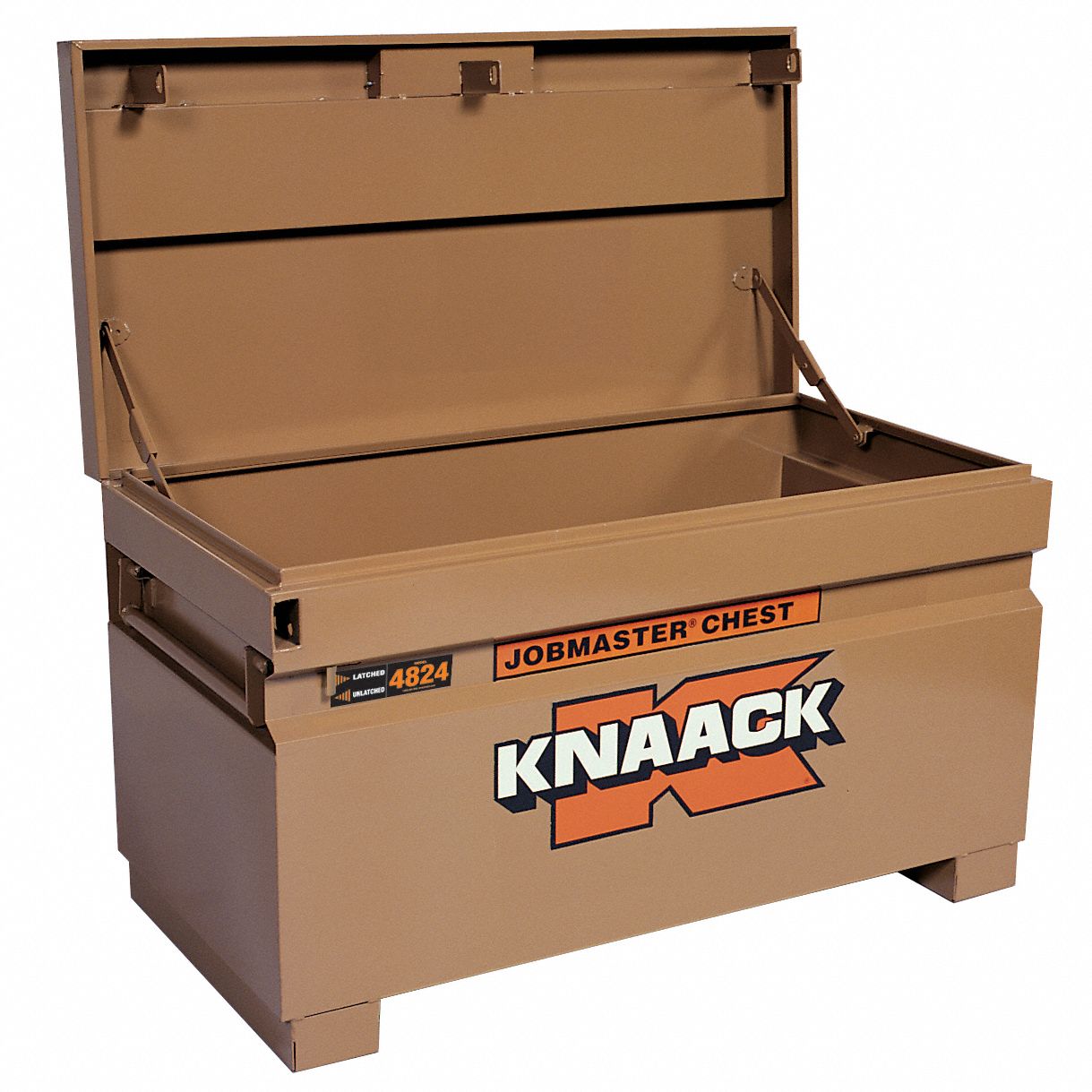

Tips on How to Solder for the Best Results
By Grainger Editorial Staff 8/10/18


Maybe you’ve done it, or maybe you’ve just seen it done. Either way, soldering is a fascinating process that takes skill and savvy to perform. Soldering requires specialty tools, products and knowledge to do right. While soldering is an age-old practice, even the most experienced solderer needs to keep up with the latest science and trends.
Soldering: A Quick Overview
Like welding and brazing, soldering is a way to join two types of metals together. Soldering is used for building electronics, especially in the creation of circuit boards. Items like circuit boards have individual components that are placed on the board in a certain place or pattern. These items need to be attached to the board with a strong connection that won’t fall apart. Soldering provides a secure connection without interrupting the flow of electricity.
Solder is a metal alloy with a low melting point. It is typically sold in reels and looks like a long, metal string. Many solders come with a flux core, which is an added chemical element that primes the metals for bonding. With the use of a soldering iron, the solder is melted over the area where the component meets the board. When the solder re-hardens, the items are bonded together.
For best results when soldering, it helps to heat the area where the solder will be applied, rather than heating the solder itself. This helps contain the solder to the area where you want to apply it and helps make cleaner connections.
Ultrasonic Soldering
Traditional soldering requires the use of flux. Flux is a chemical agent used to help the metals join properly. There may be dirt or oil on the component that could interfere with the metals bonding together well. There is also oxidation, which could prevent the materials from joining at all. Flux is used to prevent oxidation and clear off the metals to be joined.
Many people, however, prefer to solder without the use of chemical agents. Ultrasonic soldering allows the solder to bond without the need of flux. Ultrasonic soldering works by introducing very high vibrations onto the work surfaces. The vibrations travel from the tool, through the liquid solder, and onto the desired work surface. These vibrations help to break away any oxidation on the metal’s surface. The liquid solder, still heated by the iron, can then bind to the desired metal surface.
Another advantage of ultrasonic soldering is that it allows the solder to bond to surfaces that traditional soldering cannot. Good examples of this are glass and ceramic.
Updates in the Science of Soldering
The most recent breakthrough in the science of soldering is the invention of room-temperature solder. Up until now, the idea of soldering at room temperature was laughable. After all, solder needs to be heated to at least 360 degrees Fahrenheit to become molten (depending on the type of metal the solder is made of), and it only works in its liquid state. How could a room temperature solder even be possible?
However, engineers at Iowa State University are now laughing at this disbelief, having successfully created just that—room temperature liquid solder. This has been done using a method called undercooling (also called supercooling). Undercooling is when drops of liquid, in this case, liquid solder, is kept in its liquid state even when its temperature lowers the point where it should become solid. This can be very difficult to do with large quantities of material. However, the engineers at Iowa State have managed to come up with a way to do just that.
While this breakthrough in solder science is amazing, it is still just in the beginning stages of the production process. With a patent pending, it will probably be a while before this technology is released for industrial use.
Soldering for Today
Until the science of tomorrow is ready to hit the market, traditional soldering equipment is still going strong and working well. If your facility is just starting out with soldering, kits are available that contain all the hardware you may need for your new soldering project. For ongoing projects, individual fluxes, soldering iron tips and accessories are available to fill your soldering needs.
Solder on!
Sources:
http://www.technologystudent.com/elec_flsh/new_pcb1.html
http://www.explainthatstuff.com/weldingsoldering.html
http://www.s-bond.com/solutions-and-service/ultrasonic-soldering
http://www.zmescience.com/science/chemistry/room-temperature-soldering
The information contained in this article is intended for general information purposes only and is based on information available as of the initial date of publication. No representation is made that the information or references are complete or remain current. This article is not a substitute for review of current applicable government regulations, industry standards, or other standards specific to your business and/or activities and should not be construed as legal advice or opinion. Readers with specific questions should refer to the applicable standards or consult with an attorney.

